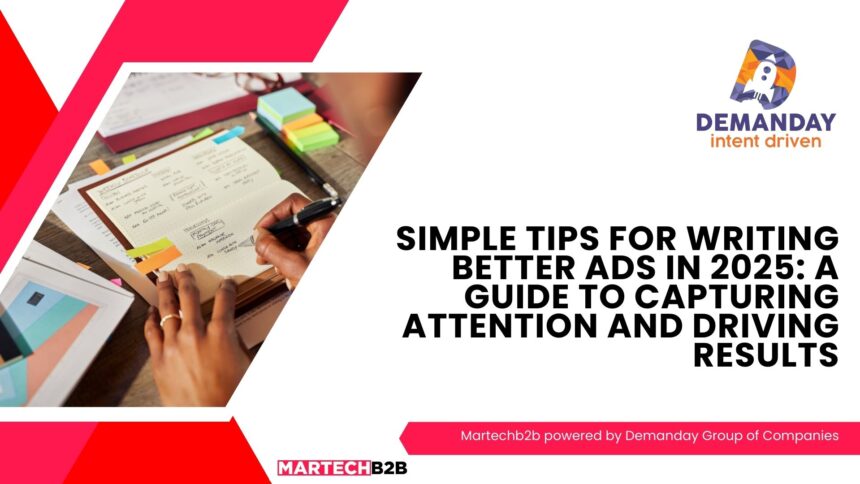Creating ads that resonate with your audience has never been more crucial. In 2025, with the ever-increasing competition for consumer attention, the art of ad writing is evolving. Paid ads, whether on social media, search engines, or other digital platforms, are only effective when they connect with the right audience in the right way.
A recent report by Statista highlighted that global spending on digital advertising is expected to reach $835 billion by 2025, emphasizing the need for businesses to maximize their return on investment (ROI) through smarter ad strategies. With consumers becoming more selective about the content they engage with, crafting better ads is a necessity, not a choice.
Why Paid Ads Demand Better Writing
Paid ads are more than just a combination of catchy headlines and visuals. They are a conversation starter, a trust builder, and a call to action. With the rising use of AI and machine learning in ad targeting, the focus in 2025 will shift even more toward creating human-centric content that delivers value.
Here’s how to master the art of writing ads that deliver results.
1. Know Your Audience Like Never Before
Personalization is key to ad success. Use data to understand your audience’s pain points, preferences, and behavior.
- Leverage tools like Google Analytics or Meta Ads Manager to analyze audience insights.
- Segment your audience to tailor your messaging for specific demographics or psychographics.
Example: Instead of generic phrases like “Buy Now!”, appeal to specific needs: “Upgrade Your Work-Life Balance with Our Ergonomic Chairs.”
2. Focus on Benefits, Not Features
People care about how your product or service can improve their lives. Use ad copy that highlights the value and results they’ll gain.
- Write from the perspective of solving a problem.
- Use actionable phrases that emphasize outcomes: “Save 20 hours a month with our productivity app.”
3. Hook Them with Strong Headlines
Your headline determines whether users stop scrolling or keep moving. A powerful headline should be:
- Clear: State the value upfront.
- Intriguing: Create curiosity.
- Relevant: Speak directly to the audience’s needs.
Example: “Discover How to Cut Your Energy Bills by 50% This Winter.”
4. Keep It Simple and Direct
In 2025, short-form content continues to dominate. For paid ads, less is more:
- Use concise sentences.
- Avoid jargon or overly complex words.
- Stick to one main idea per ad.
5. Incorporate Data-Driven Creativity
Leverage analytics to refine your messaging. Test multiple ad variations to see what resonates.
- Use A/B testing to compare different headlines, calls-to-action (CTAs), or visuals.
- Monitor key performance indicators (KPIs) like click-through rates (CTR) and conversion rates.
6. Use Emotion to Connect
Emotionally charged ads are more memorable. Depending on your audience, you might:
- Tap into joy, humor, or inspiration.
- Address pain points with empathy.
Example: “Say Goodbye to Stressful Mornings with Our Time-Saving Breakfast Solution!”
7. End with a Clear Call-to-Action (CTA)
Your CTA should tell users exactly what to do next. Use urgency to prompt action:
- “Sign Up Today and Save 25%.”
- “Book Your Free Demo Now!”
Trends Shaping Ad Writing in 2025
To stay ahead, keep an eye on these evolving trends:
- AI-Enhanced Personalization: Tools like ChatGPT or Jasper will help create hyper-personalized ads tailored to user preferences.
- Interactive Content: Expect to see more video ads and gamified elements.
- Voice Search Optimization: Ads optimized for voice commands will grow as voice search becomes more prevalent.
- Sustainability Messaging: Consumers increasingly prefer brands with eco-conscious values.
Elevate Your Ad Game in 2025
Better ad writing isn’t just about selling; it’s about building relationships, solving problems, and inspiring action. By focusing on clarity, relevance, and personalization, your paid ads can cut through the noise and truly resonate with your audience.
Start applying these tips today to create ads that capture attention and drive results. With the right approach, your ads will not just compete—they’ll thrive.


